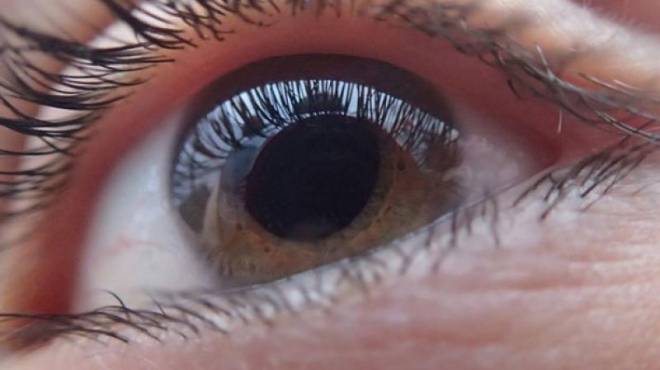Washington: Good news! A study finds that the visual cortex, the human brain’s vision-processing centre that was previously thought to mature and stabilise in the first few years of life, actually continues to develop until late 30s or early 40s.
Kathryn Murphy, a professor from Mcmaster University in Canada, led the study using post-mortem brain-tissue samples from 30 people ranging in age from 20 days to 80 years.
Her analysis of proteins that drive the actions of neurons in the visual cortex at the back of the brain recasts previous understanding of when that part of the brain reaches maturity, extending the timeline until about age 36, plus or minus 4.5 years.
The team stated that the treatment for conditions such as amblyopia or ‘lazy eye’, for example, have been based on the idea that only children could benefit from corrective therapies, since it was thought that treating young adults would be pointless because they had passed the age when their brains could respond.
Though the research is isolated to the visual cortex, it suggests that other areas of the brain may also be much more plastic for much longer than previously thought, Murphy concluded.
They concluded that there is a big gap in understanding of how the brains function and the idea of sensory areas developing in childhood and then being static is part of the challenge.
The research appeared in the journal of Neuroscience. (ANI)

